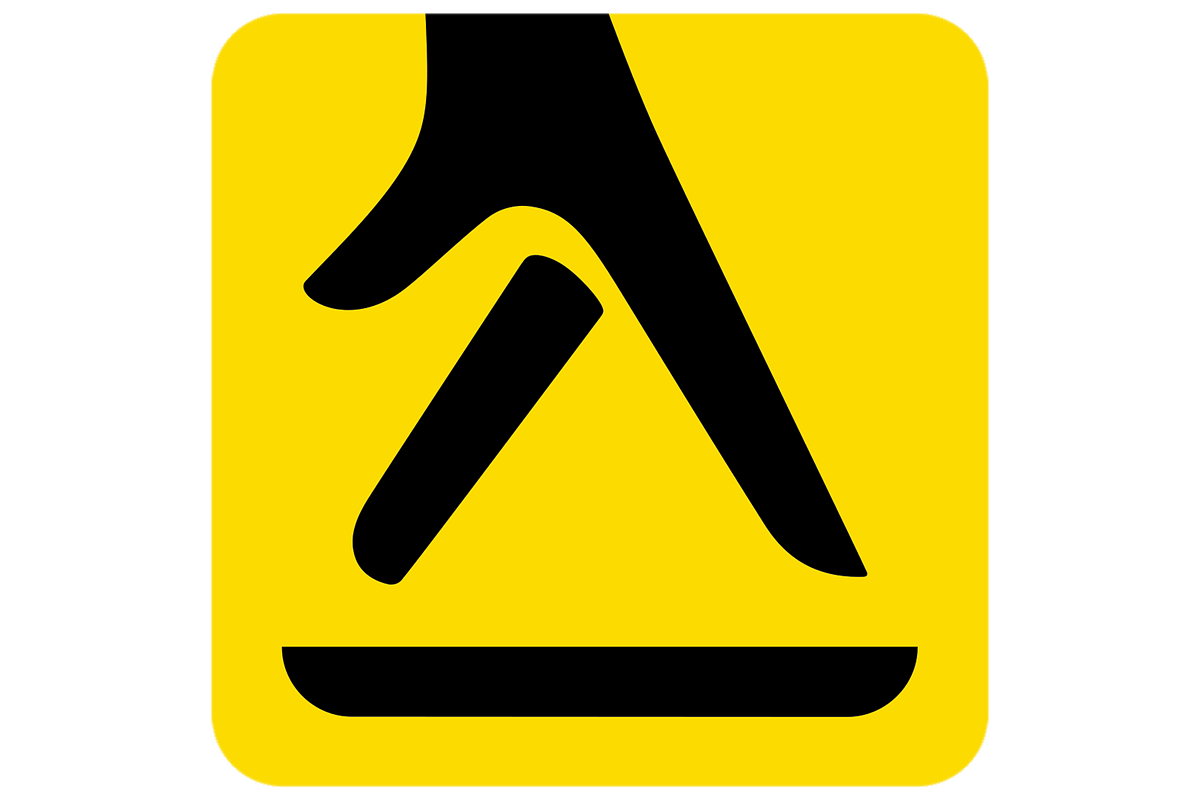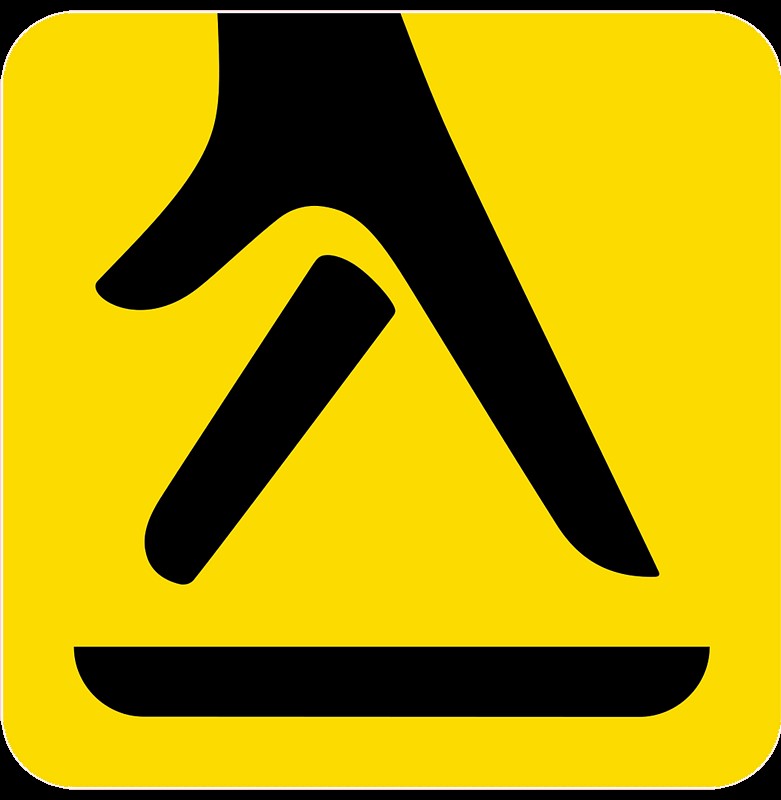Welcome to “Chimney Sweeping 101,” a comprehensive guide that will walk you through the chimney sweeping process. As homeowners with fireplaces, it’s crucial to understand the importance of regular chimney maintenance for a cleaner and safer home. In this informative blog, we’ll break down the steps involved in a professional chimney sweep, from the initial inspection to the removal of soot and debris. So let’s dive in and discover how to keep your chimney in top shape!
Why is Chimney Sweeping Important?
Before we delve into the step-by-step guide, let’s understand why chimney sweeping is crucial. Over time, soot, creosote, and debris build up in the chimney, posing various risks to your home. These include:
- Fire Hazards: Accumulated creosote is highly flammable and can lead to chimney fires.
- Poor Air Quality: Soot and debris can block the chimney, causing smoke and harmful gases to enter your home.
- Structural Damage: Moisture and debris can damage the chimney’s structure, leading to costly repairs.
By regularly sweeping your chimney, you can prevent these issues and ensure the safety and efficiency of your fireplace.
Step 1: Initial Inspection
The first step in the chimney sweeping process is a thorough inspection. Contact a professional chimney sweep like Rotasure to assess the condition of your chimney. They will inspect for any cracks, leaks, or signs of damage, and determine if a sweep is required.
Step 2: Preparing for the Sweep
Once the inspection is complete, it’s time to prepare for the chimney sweep. Make sure to:
- Remove any valuable or delicate items from the surrounding area.
- Cover furniture and carpets to protect them from dust and debris.
- Close the damper to prevent soot from entering your home.
Step 3: Setting up Equipment
The chimney sweep will bring specialised equipment to perform the cleaning. These may include:
- Brushes: Different types of brushes are used to remove soot and debris from the chimney walls.
- Rods: Flexible rods are attached to the brushes to reach all areas of the chimney.
- Vacuum System: A powerful vacuum cleaner is used to collect the loosened debris.
Step 4: Sweeping the Chimney
Now comes the actual chimney sweeping process. The sweep will carefully insert the brushes attached to the rods into the chimney and proceed to clean the interior walls. They will move the brushes up and down, dislodging any accumulated soot and debris. The vacuum system will simultaneously collect the loosened particles, preventing them from spreading into your home.
Step 5: Removing Debris and Soot
Once the chimney sweep is complete, the sweep will remove the brushes and inspect the collected debris. If necessary, they will repeat the sweeping process until the chimney is thoroughly cleaned. The collected debris will be carefully disposed of, leaving your home free of any harmful substances.
Step 6: Final Inspection and Maintenance
After the chimney sweep, the professional sweep will conduct a final inspection. They will ensure that the chimney is clean, free from any remaining debris, and in good working condition. If any repairs are needed, they will provide recommendations for ensuring the long-term safety and efficiency of your chimney.
Conclusion
Congratulations! You have successfully completed your chimney sweep with the help of our step-by-step guide. Regular chimney maintenance is crucial for a cleaner and safer home. By partnering with professionals like Rotasure, you can ensure that your chimney remains in top shape, minimising fire hazards and improving air quality. Remember to schedule regular chimney sweeps to enjoy a cosy and worry-free fireplace experience. Stay safe and warm!


